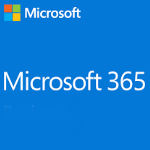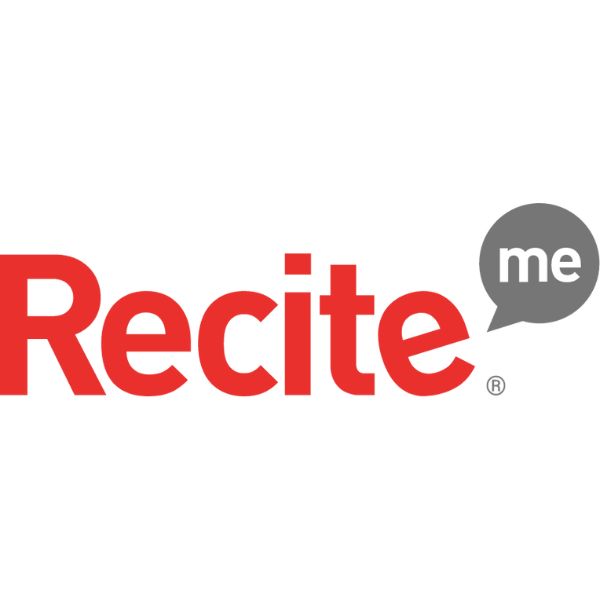Insights
INSIGHTS
All Topics
My Account
What every not-for-profit should expect from Microsoft 365
Microsoft’s Office 365 suite gathers together a powerful array of cloud-based tools. Here’s what to expect from them
Today, it is imperative that every not-for-profit provides their staff with a cloud based platform that offers:
- an email and calendaring service; allowing staff and volunteers to securely access their email and calendars and view the availability of team members, rooms and vehicles
- a collaboration and communication tool like Microsoft Teams, which enables video conferencing, chat and file sharing
- information management (file sharing) options such as OneDrive, SharePoint and Drive, allowing:
- file storage in a personal area and in shared areas for collaboration
- easy remote access to files, synchronised for offline work
- secure file storage
- a collaboration space (intranet or other) for organisational information-sharing of policies, procedures, important news and the like
- secure, multi-factor authentication to keep your information safe.
This guide will take you through the solutions Microsoft 365 offers for each of these basic requirements.
Email & calendaring
Outlook should allow you to securely access your emails and calendars even when you have multiple accounts. While creating a new appointment or meeting, you can view the availability of other staff, rooms and cars to minimise booking conflicts. Teams integration should be enabled. When chosen, it helps add a Teams Meeting link to a scheduled meeting. These functions should also be available in your Outlook mobile application.
Collaboration & communication
You should use Teams as the main tool for quick collaboration and communications with your team. Teams provides you with video conferencing and chat features to connect instantly with colleagues and clients. You should also share, store, and manage resources (files, folders, task lists, etc.) in relevant channels to enhance teams’ productivity and cooperation.
Information management & file sharing
Your OneDrive area should be used to should store documents and files that you wish to keep private to yourself. It can also be used to store or share draft documents with a few people on a temporary basis, until it is ready to eventually be stored in SharePoint, CRM or client/case management system.
SharePoint should be used to store most organisational files - it is designed to enable collaboration and sharing across the organisation, or within a restricted group.
Both SharePoint and OneDrive keep file version history (so you can see who edited each version and open previous versions if needed).
OneDrive sync tool allows you to sync files from the cloud to your computer (personal OneDrive, Teams, SharePoint document libraries, etc.). With OneDrive sync tool, you no longer store files on your PC, but in the cloud to protect them from loss/deletion. Changes are updated whenever you have an active internet connection. Key folders, such as Desktop, Documents, Pictures, etc., should also be synced to your personal OneDrive. These files/ folders can be managed using Windows Explorer and synced ‘On Demand’ to conserve bandwidth and file storage.
Multi-factor authentication
Multi factor authentication (MFA) should be enabled for all staff. Installing the Microsoft Authenticator app on all user phones so that users can receive their authentication codes through the app is preferable to alternative methods such as SMS or phone calls. Passwords should be strong and secure and users should be familiar with your organisation’s IT policies.
James Corcoran
More on this topic
Recommended Products
Featured Products
Our Events
Charity Digital Academy
Our courses aim, in just three hours, to enhance soft skills and hard skills, boost your knowledge of finance and artificial intelligence, and supercharge your digital capabilities. Check out some of the incredible options by clicking here.


















